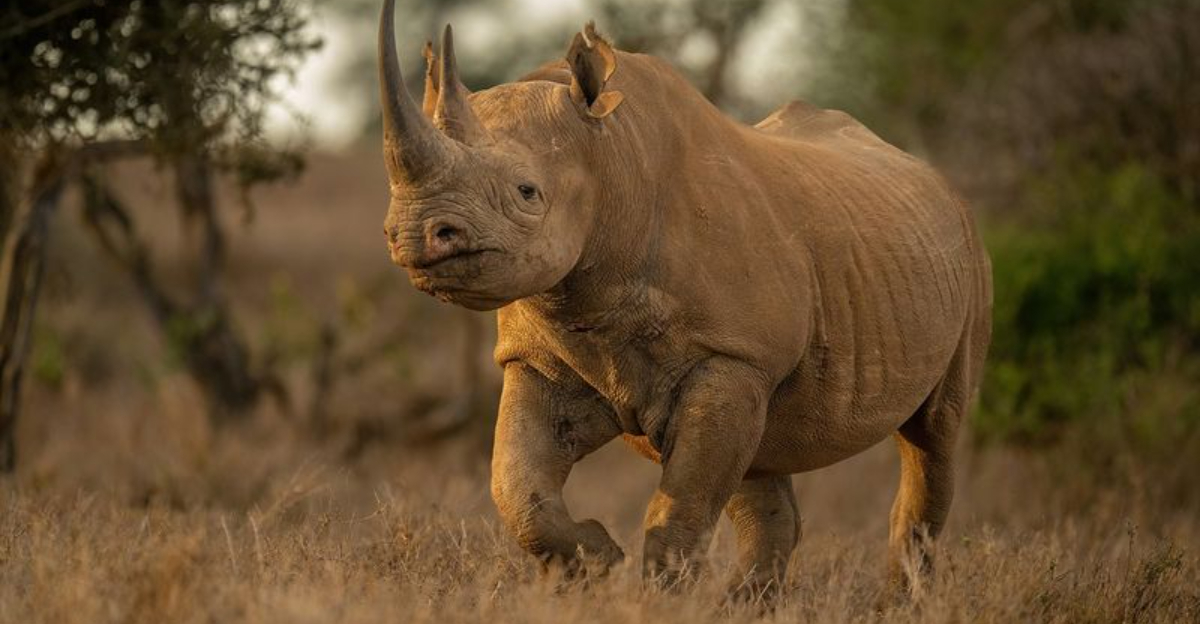The animal kingdom is vast and varied, filled with creatures of all shapes and sizes. While many animals are harmless and even friendly, there are some that are best left alone.
These aggressive creatures possess instincts and behaviors that can be dangerous when provoked. Understanding them is key to ensuring your safety in the wild or even in certain domestic settings. This guide provides insight into 13 of the most aggressive animals you should avoid provoking at all costs.
1. Cape Buffalo

Known for its unpredictable nature, the Cape Buffalo is one of Africa’s most dangerous animals. This formidable creature can weigh up to 2,000 pounds, showcasing a strong, muscular build. They often travel in herds, which can consist of up to 500 individuals.
When threatened, they have been known to ambush hunters and vehicles. Their horns are not just for show; they are powerful weapons that can cause significant harm. Approaching these animals without caution can lead to dire consequences.
Despite their aggressive behavior, Cape Buffalos play a crucial role in their ecosystem. They help maintain the balance by grazing and spreading seeds. Always remember to keep a safe distance and respect their space, especially in the wild.
2. Saltwater Crocodile
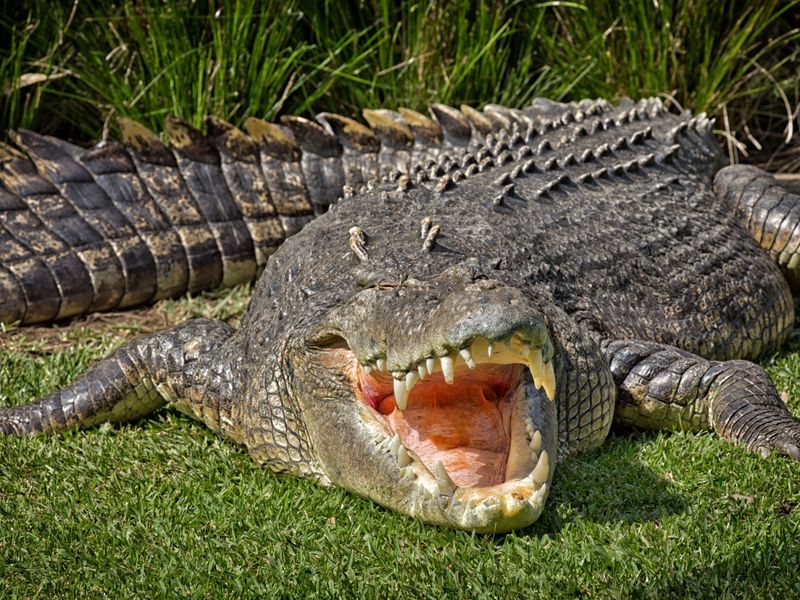
Lurking in the warm waters of Southeast Asia and Australia, the Saltwater Crocodile is a top predator. Known for their fierce territorial instincts, these reptiles are stealthy hunters. Weighing over 1,000 kilograms, they have jaws capable of exerting tremendous pressure.
Saltwater Crocodiles can strike quickly, often catching prey unaware. They are patient hunters, waiting hours or even days to ambush potential prey. Their ability to swim long distances makes them formidable in both salt and freshwater environments.
Despite their fearsome reputation, they play an important ecological role. They help control the population of certain fish and other aquatic animals. Given their aggressive nature, it’s wise to admire these ancient reptiles from afar, ensuring a respectful and safe distance.
3. African Elephant
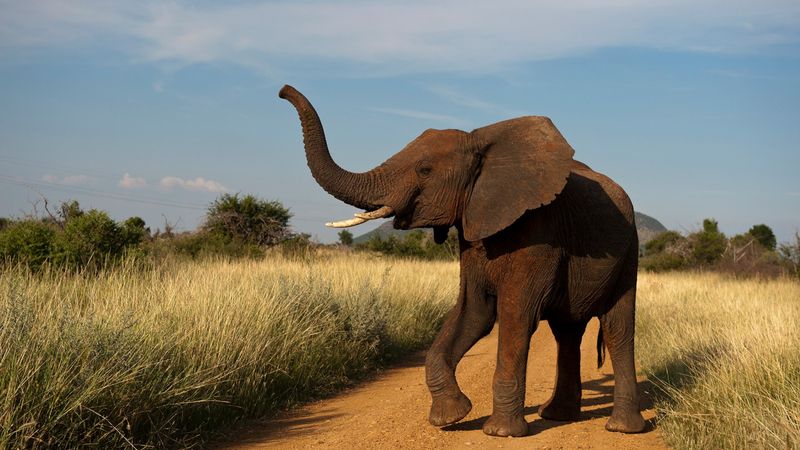
African Elephants can be surprisingly aggressive. When they feel threatened, they can charge at incredible speeds. These large mammals are known to protect their young fiercely, showing aggression towards perceived threats.
They often communicate through deep rumbles and trumpet calls, warning others of danger. Their large ears flap as a cooling mechanism and as a display of intimidation. An agitated elephant can cause significant damage to property and even pose a threat to human life.
Despite their potential for aggression, elephants are deeply social animals, valuing family bonds. To avoid conflict, maintaining a respectful distance is essential, especially during the mating season or when a calf is present.
4. Box Jellyfish
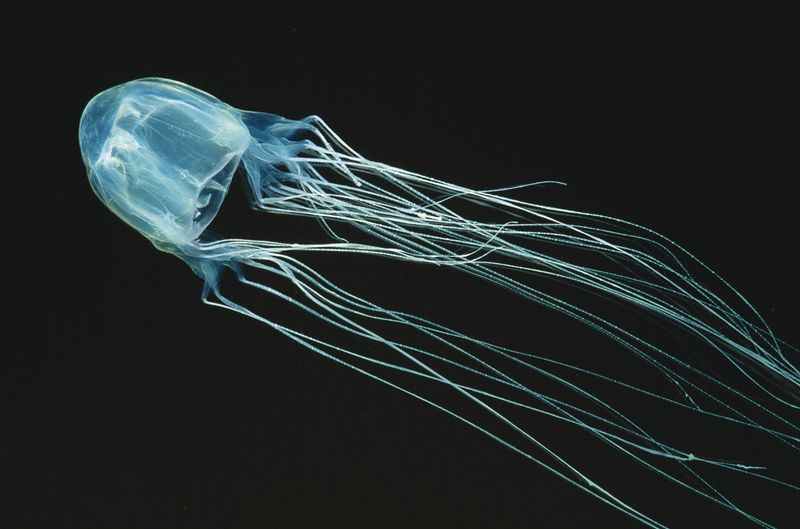
Floating serenely in the oceans of the Indo-Pacific, the Box Jellyfish is deceptively dangerous. Known for their venomous tentacles, a sting can cause severe pain and even be lethal. Swimmers often encounter them unknowingly, making them particularly hazardous.
Their transparent bodies make them nearly invisible in water, adding to their danger. Box Jellyfish are active hunters, using their tentacles to ensnare small fish and other marine creatures. This ability to paralyze prey with venomous cells is what makes them so feared.
Despite their small size, they have a significant impact on local marine life. Understanding their behavior and habitats can prevent unfortunate encounters. Wearing protective clothing while swimming in affected areas can reduce the risk of stings.
5. Hippopotamus
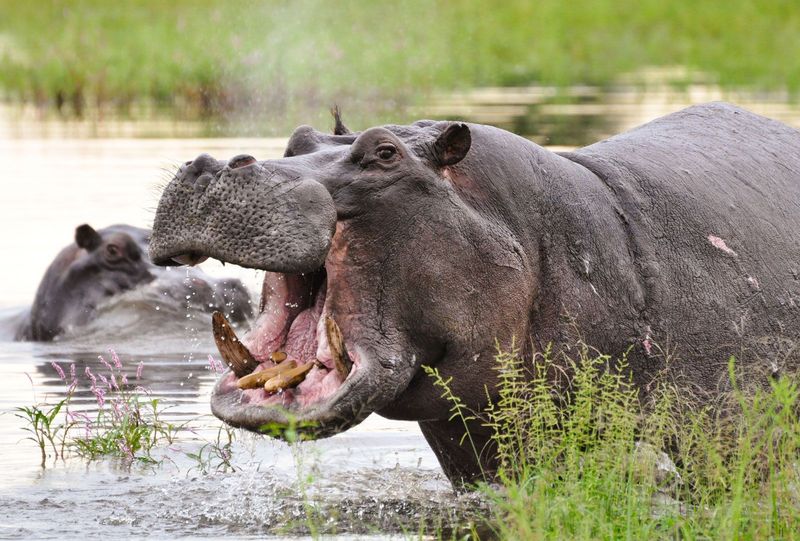
With their seemingly docile appearance, hippos are one of Africa’s most dangerous animals. Despite their size, they can run surprisingly fast, especially when defending their territory or young. Their large mouths and powerful jaws can crush anything that gets too close.
Hippos are primarily nocturnal, spending their days submerged in water to stay cool. They venture onto land at night to graze, sometimes traveling several kilometers in search of food. Being highly territorial, they are known to attack boats or anything entering their space.
Although they are herbivores, their aggressive nature makes them a formidable presence in their habitat. Observing these giants from a safe distance and avoiding their territories during feeding times can minimize the risk of confrontation.
6. Cassowary
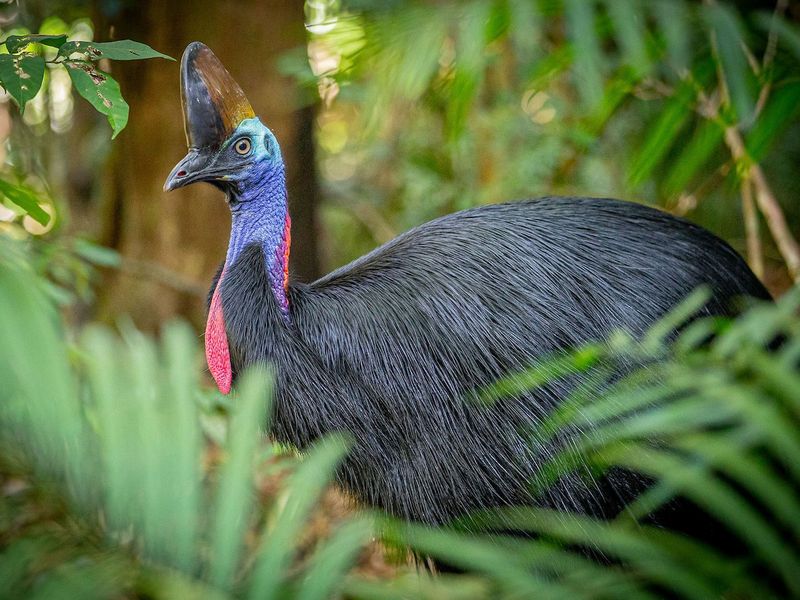
Deep within the rainforests of Australia and Papua New Guinea, the Cassowary reigns as a flightless bird with a fierce reputation. Known for its powerful legs and dagger-like claws, a defensive kick can be deadly. These birds are highly territorial and will aggressively defend their space.
Despite their intimidating appearance, Cassowaries are shy and prefer to avoid human interactions. They feed on fruits, playing a vital role in seed dispersal. However, when cornered or provoked, they can become highly aggressive.
To stay safe, keeping a respectful distance is crucial. Avoid direct eye contact and never attempt to feed or corner them. Educating oneself about their behavior can help in preventing potential conflicts.
7. Black Rhinoceros
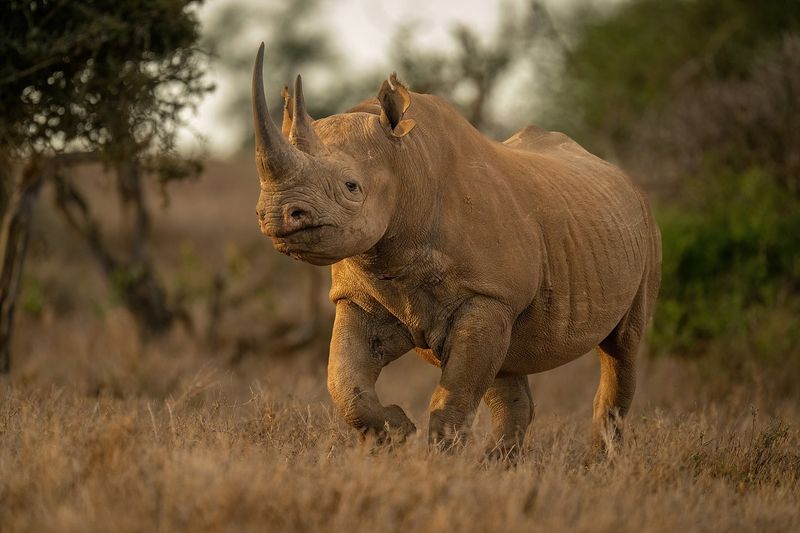
In the savannas of Africa, the Black Rhinoceros is known for its solitary and aggressive demeanor. With a distinctive hooked lip, these animals are browsers, feeding on bushes and shrubs. They are highly territorial and often charge when startled.
Their poor eyesight is compensated by a keen sense of smell and hearing. This can lead to unexpected confrontations with humans, especially when approached from downwind. Their horns, though valued by poachers, are effective tools for defense.
Despite their aggressive nature, they are an integral part of their ecosystem. Conservation efforts are crucial to protect these magnificent creatures from illegal poaching. Maintaining a safe distance and respecting their territory can prevent dangerous encounters.
8. Polar Bear
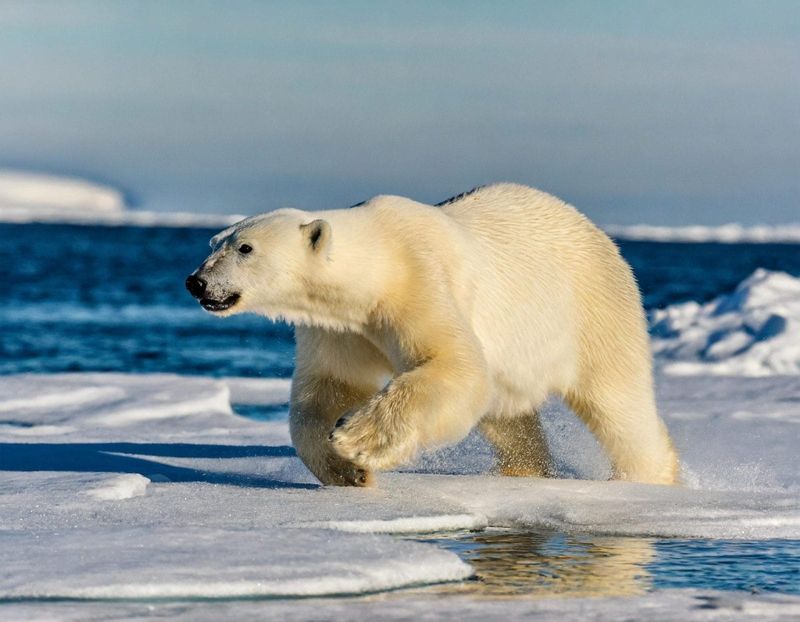
In the icy realms of the Arctic, Polar Bears are apex predators with no natural enemies. Their strength and speed make them formidable hunters, primarily preying on seals. Encountering a polar bear in the wild is rare, but such meetings can be dangerous.
These bears are highly protective of their cubs and will defend them fiercely if threatened. They have a keen sense of smell, detecting prey from kilometers away. Their solitary nature means they can become aggressive if surprised or provoked.
While they play a crucial role in the Arctic ecosystem, respecting their space is vital. In areas where human-bear interactions are possible, carrying bear deterrents and following local guidelines can enhance safety.
9. Wolverine
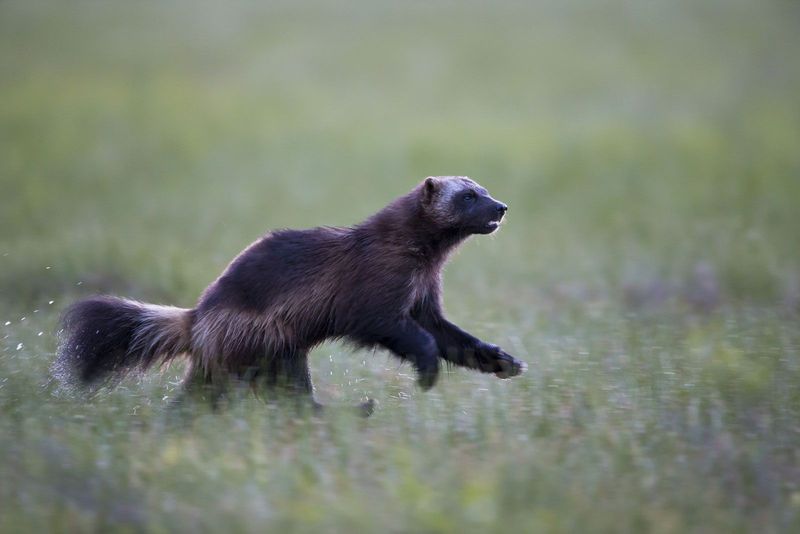
Residing in the northern forests, the Wolverine is a small yet surprisingly ferocious animal. Known for its strength and tenacity, it can take down prey much larger than itself. Their powerful jaws and sharp claws make them proficient hunters.
Although they are solitary creatures, Wolverines are highly territorial. They emit a strong musk to mark their territory, deterring potential intruders. Their aggressive nature is often a survival mechanism in the harsh environments they inhabit.
While encounters with humans are rare, it’s essential to respect their space. Admiring them from a distance and understanding their behavior can ensure that both humans and Wolverines remain safe. Their resilience and adaptability continue to fascinate wildlife enthusiasts.
10. Tasmanian Devil
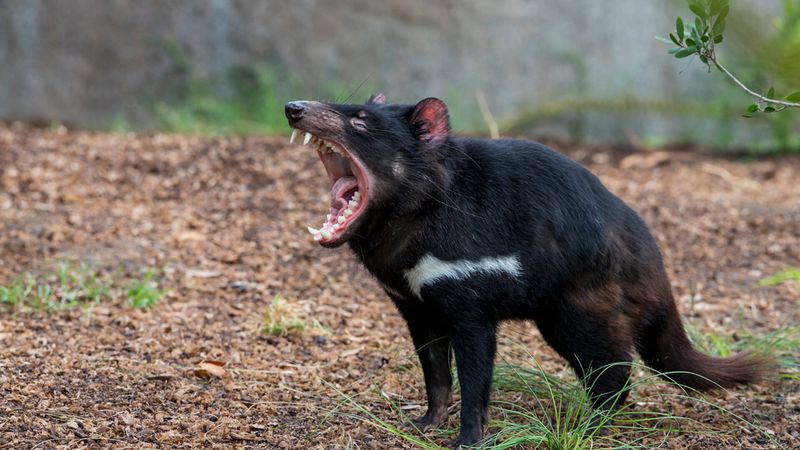
Despite their small size, Tasmanian Devils are known for their loud and unsettling vocalizations. Native to Australia, they are scavengers with a powerful bite. Their aggressive behavior is often displayed during feeding frenzies.
These creatures are nocturnal, primarily hunting and scavenging at night. Their sharp teeth and strong jaws allow them to consume almost every part of their prey. This ability helps maintain the ecological balance by controlling carrion levels.
While they are generally not a threat to humans, their defensive nature can lead to aggression if they feel threatened. Understanding their role as scavengers and keeping a safe distance can minimize potential conflicts. Conservation efforts are vital to ensure their continued survival.
11. Komodo Dragon
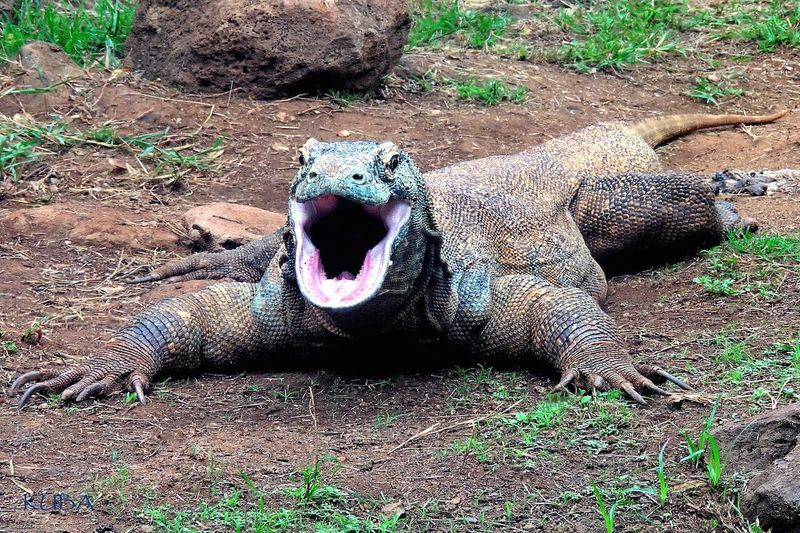
Endemic to the islands of Indonesia, the Komodo Dragon is the largest living lizard. Known for their potent venom and powerful tail, these reptiles are skilled hunters. They can take down large prey, including deer and water buffalo.
Komodo Dragons rely on their keen sense of smell to detect prey from several kilometers away. Their saliva contains bacteria and venom that can incapacitate their catch. This combination makes them highly efficient predators in their ecosystem.
While they are fascinating to observe, it’s important to maintain a safe distance. They are known to be aggressive when cornered or approached too closely. Appreciating these creatures in their natural habitat from a distance ensures both human and animal safety.
12. Jaguar
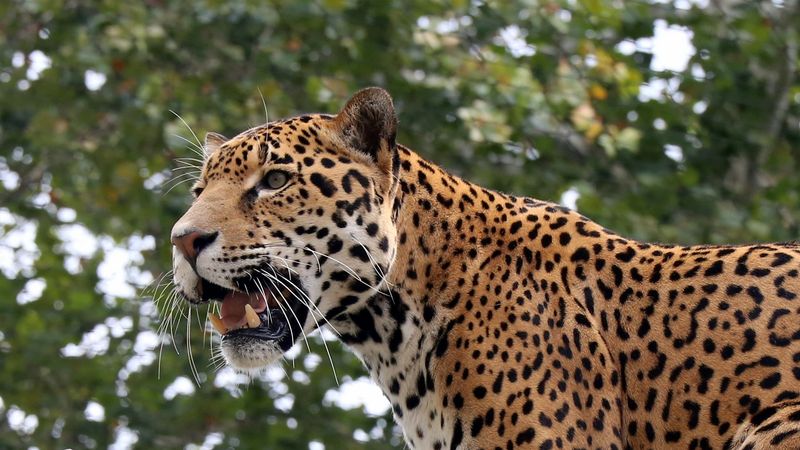
As the apex predator of the Americas, Jaguars are stealthy hunters with a powerful bite. They prefer dense jungles where they can easily stalk prey. Jaguars are solitary creatures, often hunting at night to avoid human interactions.
Their strength allows them to take down large animals, including caimans and deer. They possess a unique kill method, biting directly through the skull of their prey. This technique makes them one of the most efficient predators in the animal kingdom.
Despite their prowess, jaguars are at risk due to habitat loss and poaching. Respecting their environment and promoting conservation can help preserve these majestic cats. Observing them from a safe distance in the wild is the best way to ensure mutual safety.
13. Honey Badger
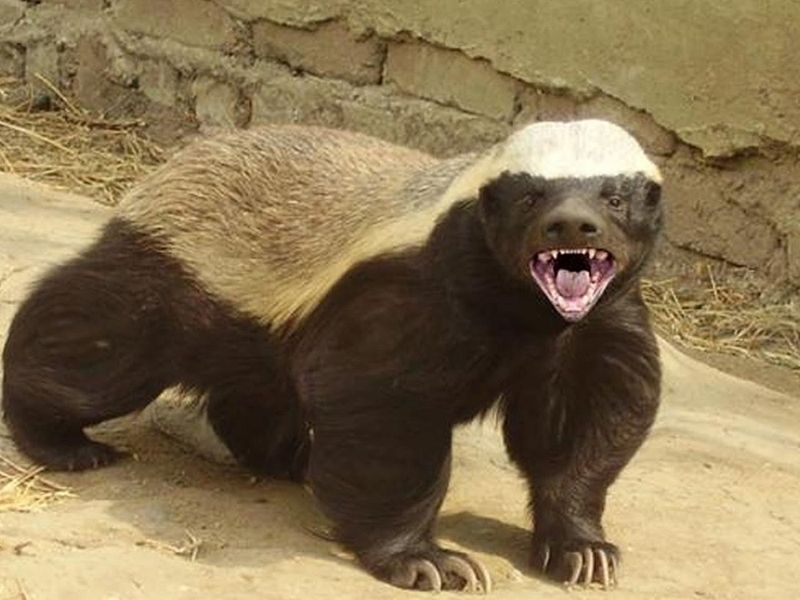
Feared for their fearlessness, Honey Badgers are small but incredibly aggressive animals. Known for their tenacity, they can fend off much larger predators. Their loose skin and sharp claws make them difficult to subdue.
Honey Badgers have a varied diet, consuming everything from insects to small mammals. They are incredibly resilient, capable of surviving snake bites and bee stings. This adaptability ensures their survival in diverse environments.
While they rarely pose a threat to humans, their bold nature means they will defend themselves fiercely if provoked. Keeping a respectful distance and avoiding confrontation is best when encountering these creatures.
Their reputation as nature’s toughest animal is well-deserved, making them a fascinating subject of study.

